Sewer Backups Plumbing Services in Hauppauge, NY
Hauppauge Sewer Backups Company available now in Suffolk County
Sewer Backups provides a critical plumbing service managing wastewater overflow caused by blockages, pipe damage, or system overload. The service involves clearing obstructions, performing video inspections, and repairing or replacing damaged sections of the sewer line. Prompt attention prevents property damage, environmental contamination, and health risks associated with sewage exposure
We provide excellent Plumbing services throughout Suffolk County. Whether you need help with Sewer Backups or other issues, our Experts is ready.
Plumbing Services in Hauppauge, NY
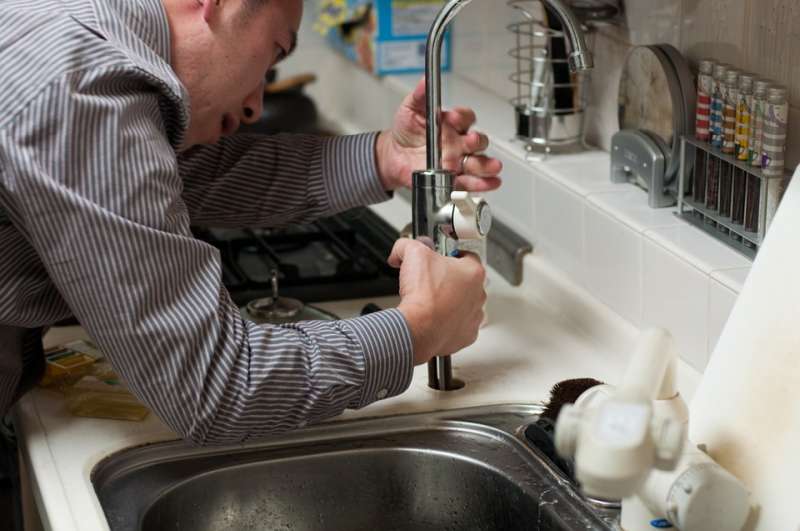
Appliances
Setting up dishwashing machines, water heaters (tank and tankless), waste disposal unit, and washing devices.

Backflow Testing and Prevention
Making sure backflow prevention gadgets are working correctly.
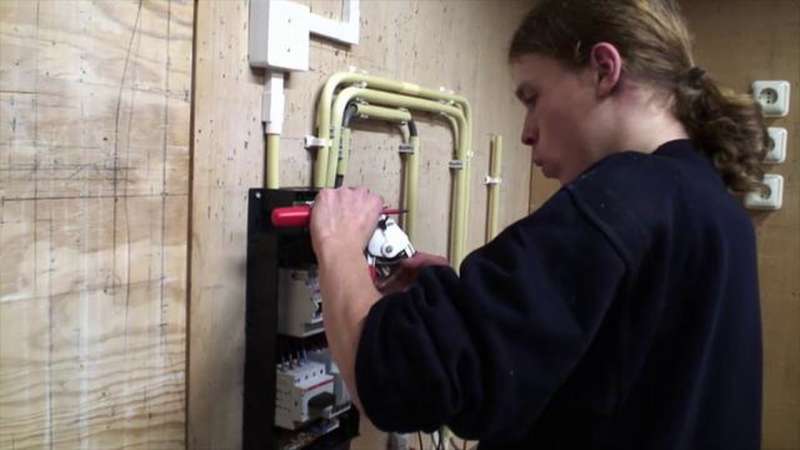
Bathroom and Kitchen Remodeling
Relocating or upgrading plumbing systems.

Building Code Compliance
Guaranteeing plumbing systems fulfill regional policies.
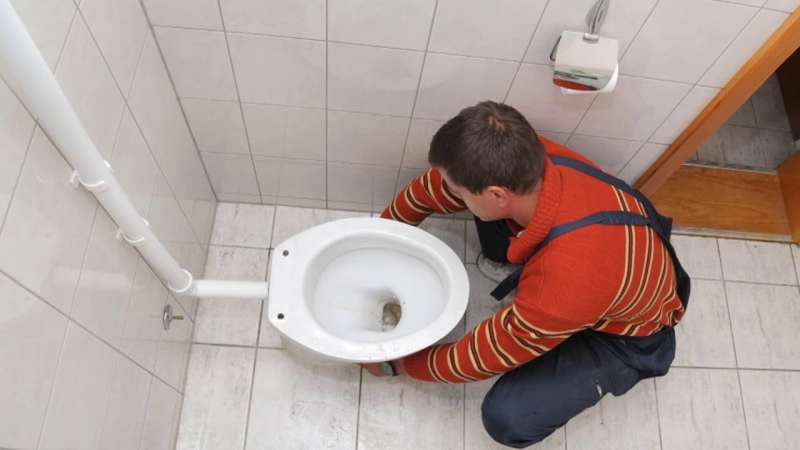
Burst Pipes
Immediate reaction to prevent flooding and water damage.

Clogged Drains
Clearing clogs in sinks, toilets, showers, and drain lines.
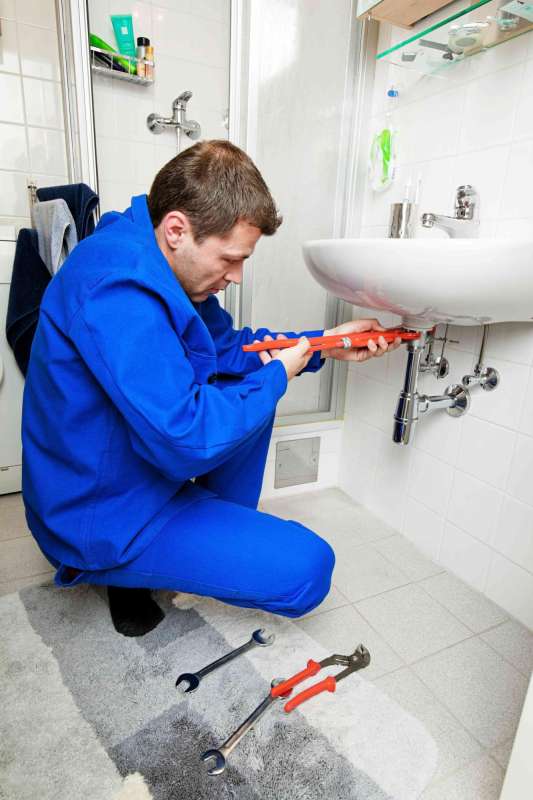
Drain Cleaning
Routine cleansing to prevent blockages and preserve flow.
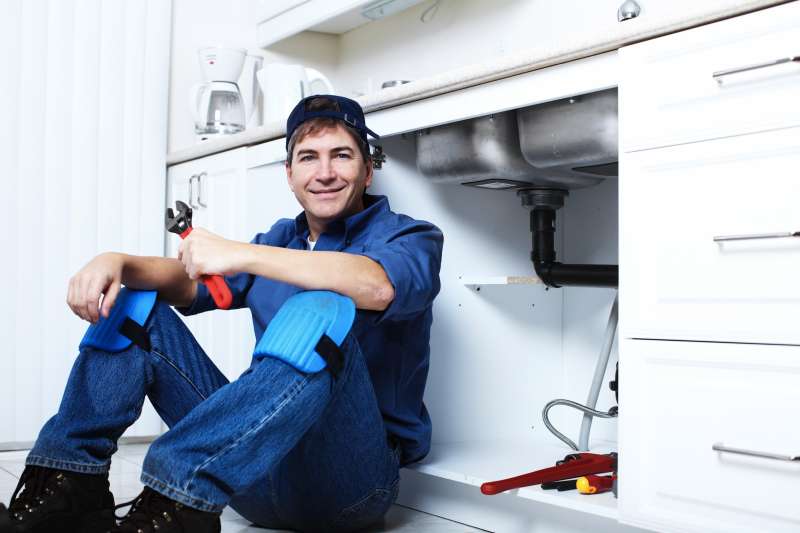
Fixture Repairs
Fixing malfunctioning faucets, toilets, and other components.

Fixtures
Installation of sinks, faucets, toilets, bath tubs, and showers.

Gas Leaks
Emergency detection and repair to prevent hazards.
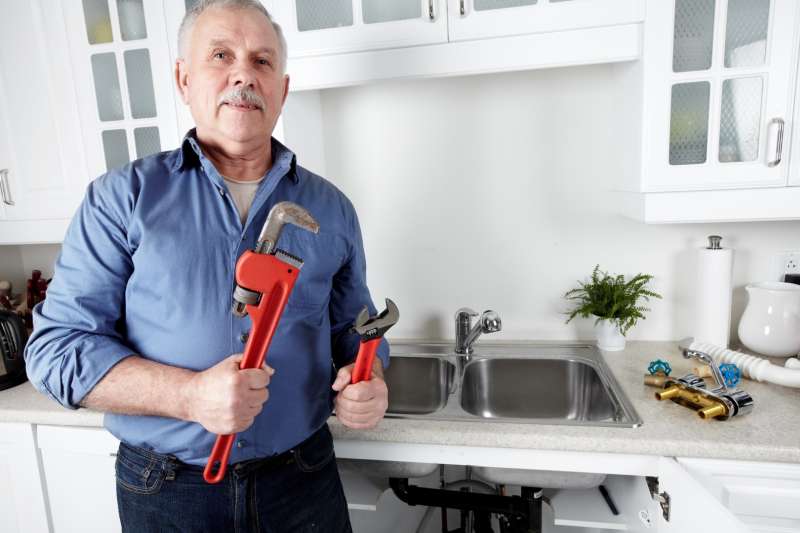
Gas Line Repairs
Fixing gas leakages and guaranteeing correct gas line functioning.
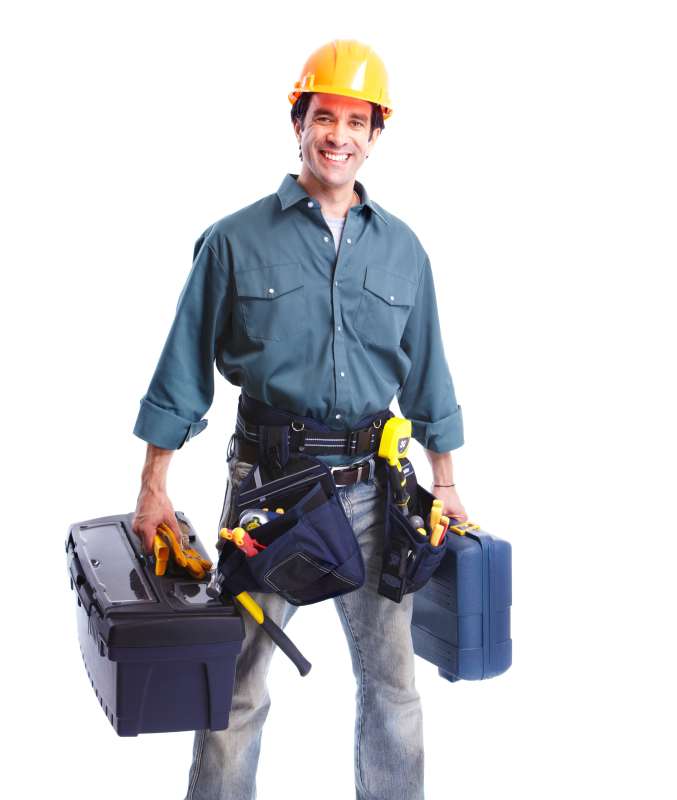
Greywater Recycling Systems
Setting up systems for recycling household wastewater.
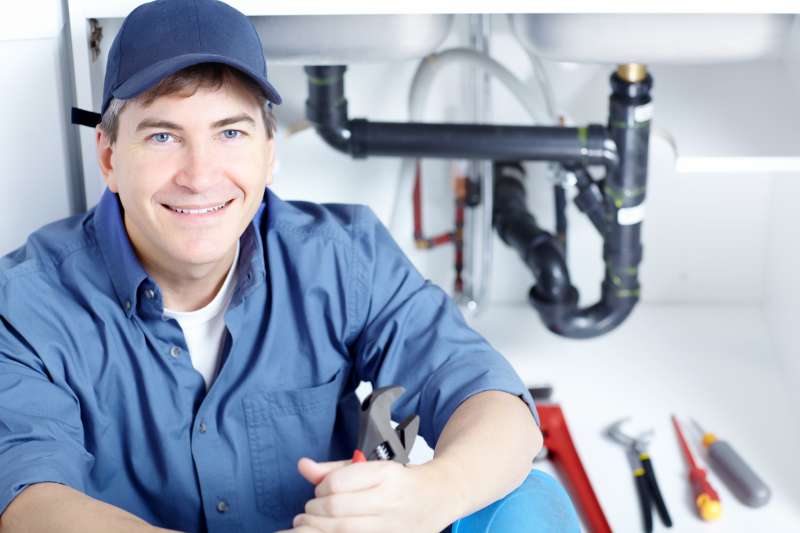
Hydronic Heating
Installing and maintaining radiant floor heating systems.

Industrial Pipework
Specialized piping for factories or industrial settings.
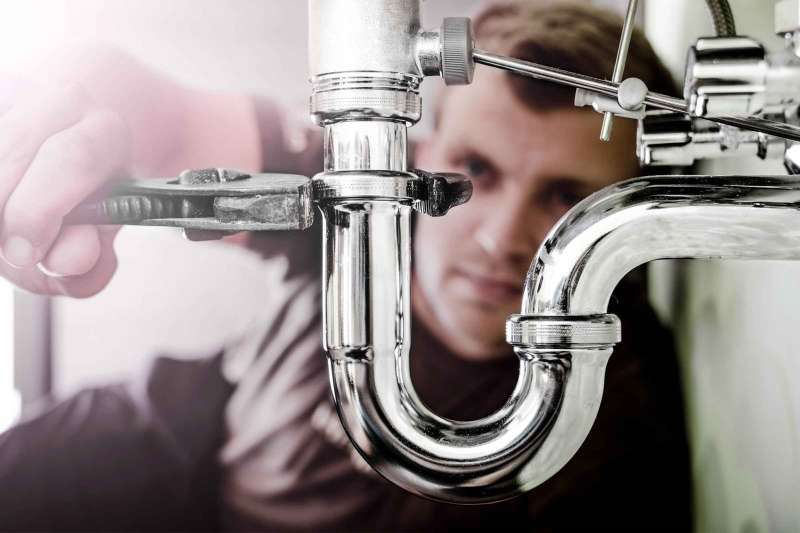
Irrigation Systems
Installing and maintaining outdoor irrigation.

Large-scale Installations
Plumbing systems for brand-new buildings or restorations.
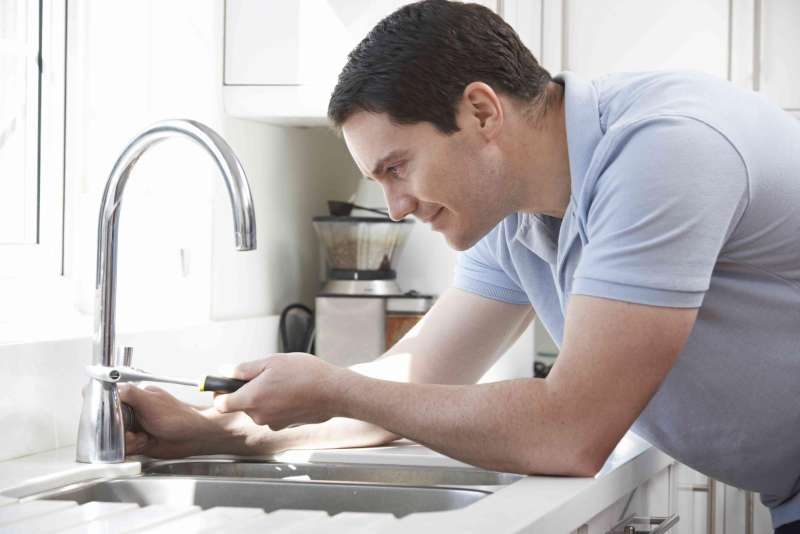
Leak Detection and Repair
Repairing leakages in pipelines, faucets, toilets, and devices.
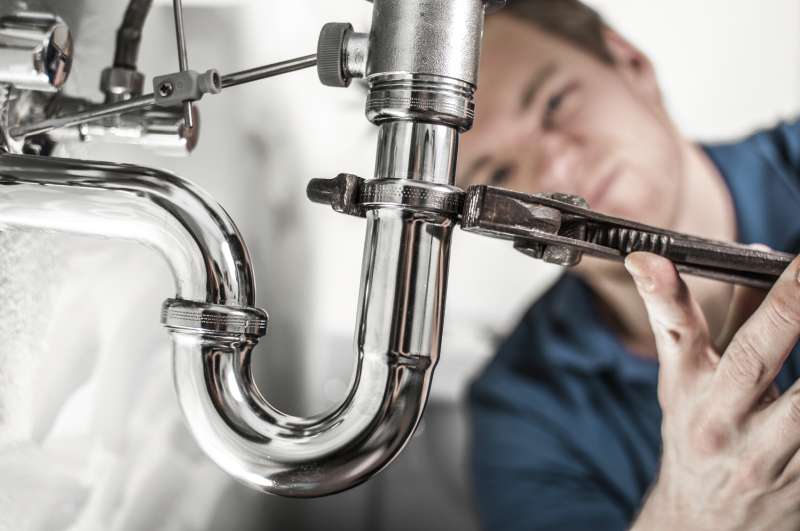
Overflowing Toilets
Quick resolution of extreme obstructions and overflows.
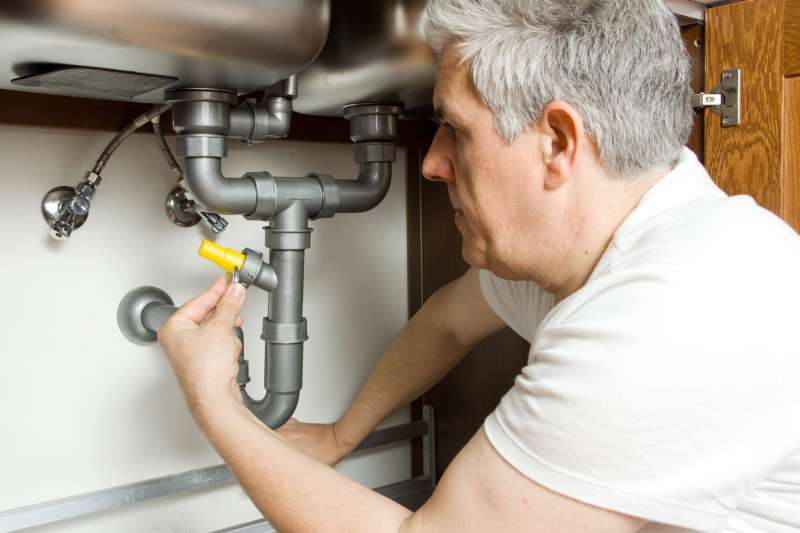
Pipe Inspections
Using cameras to check pipes for damage or blockages.
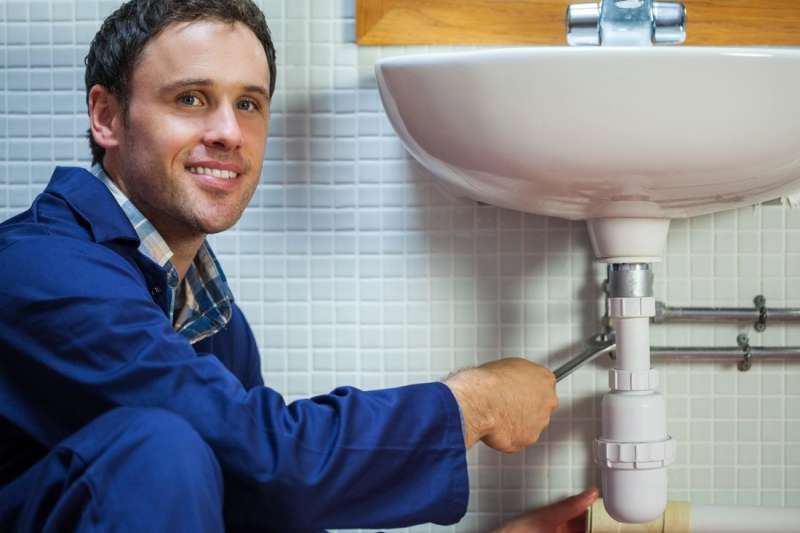
Pipe Repairs
Repairing or replacing burst, rusted, or harmed pipelines.

Pipes and Fittings
Setting up new piping systems for water, gas, and drain.

Pre-Purchase Inspections
Assessing plumbing systems before purchasing residential or commercial property.

Rainwater Harvesting Systems
Installing systems to gather and use rainwater.
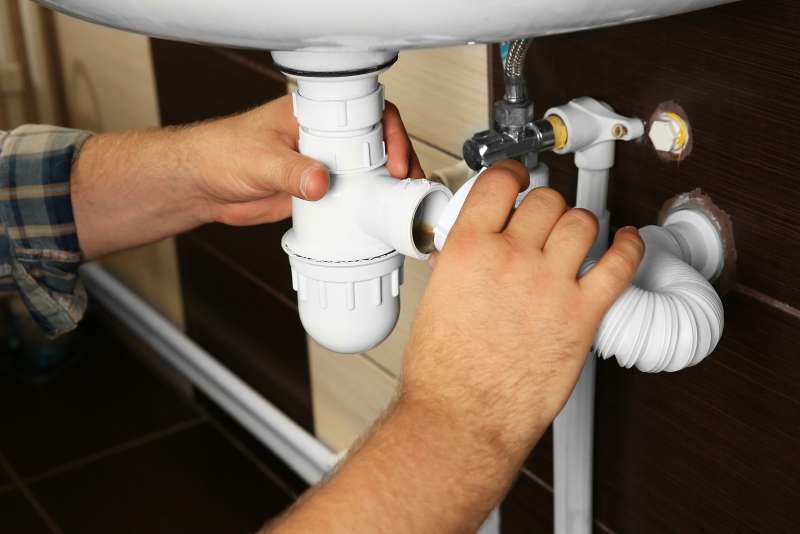
Regular Maintenance Contracts
Ongoing upkeep services for companies.
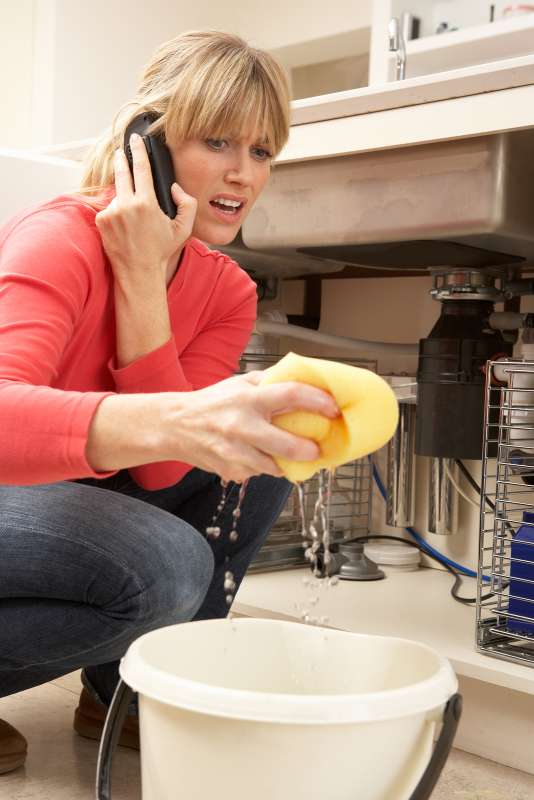
Septic System Services
Setting up, repairing, and maintaining septic tanks.
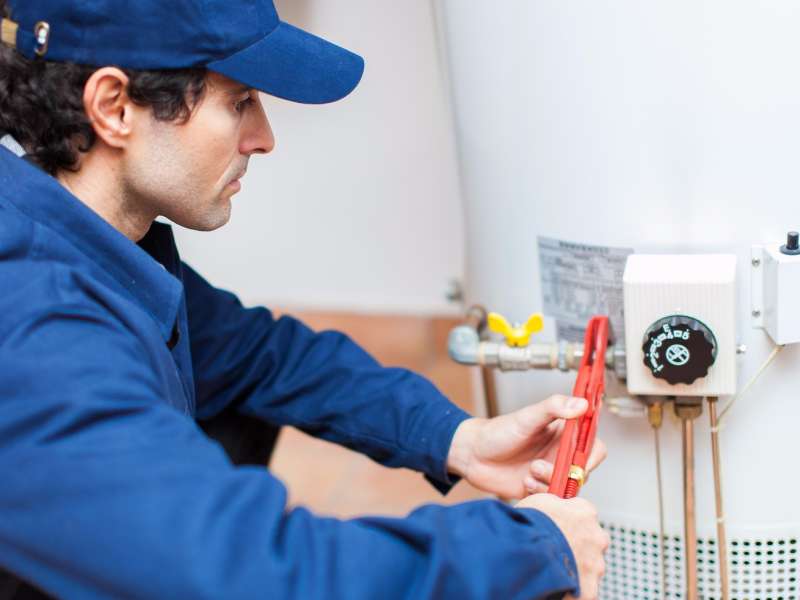
Sump Pump Installation and Repair
Handling groundwater in basements.
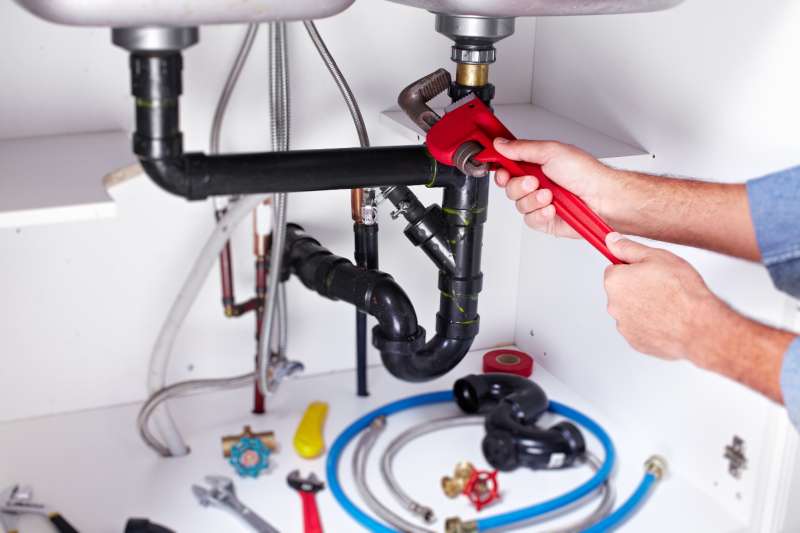
Upgrading Fixtures
Setting up water-efficient or modern fixtures.
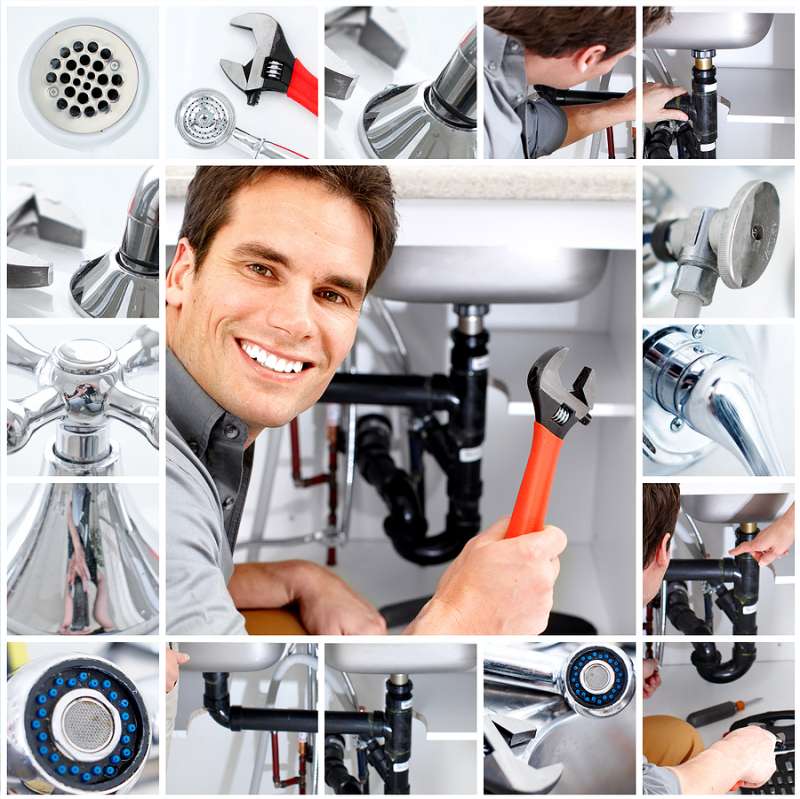
Water Efficiency Consulting
Encouraging on water-saving methods and products.
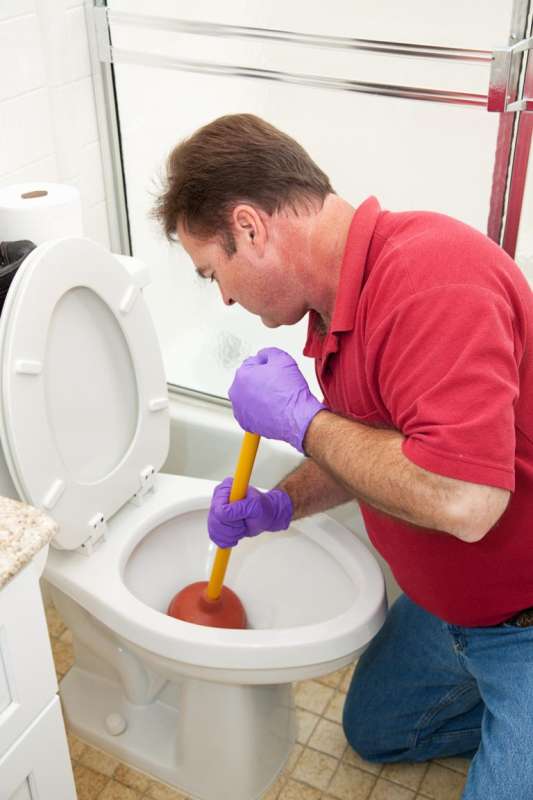
Water Filtration Systems
Installing water softeners and purification systems.
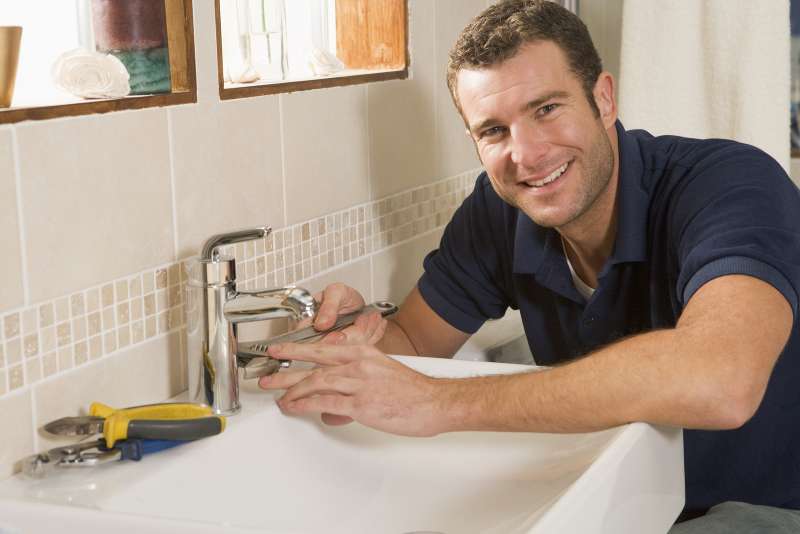
Water Heater Maintenance
Flushing and inspecting water heaters to lengthen life expectancy.

Water Heater Repair
Resolving problems with temperature level, leaks, or failure to heat water.
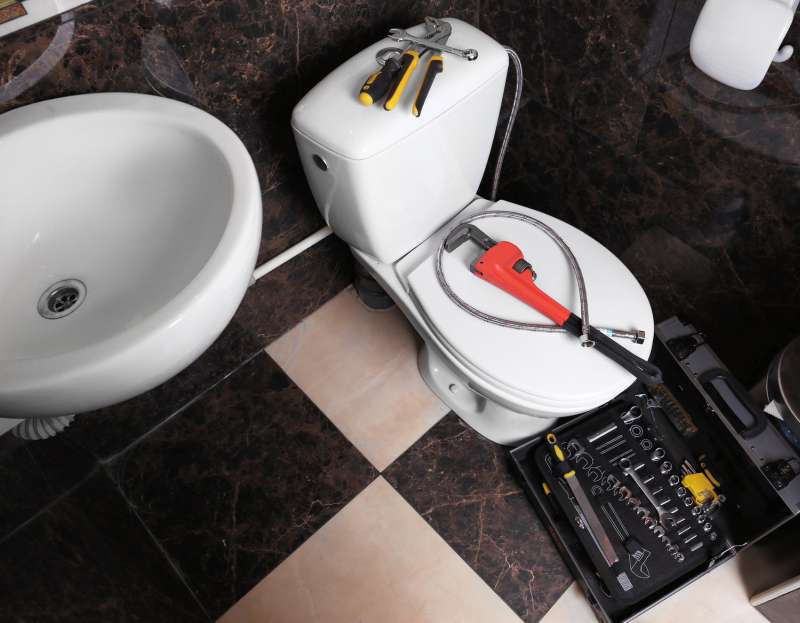
Waterproofing
Protecting basements or other areas from water invasion.
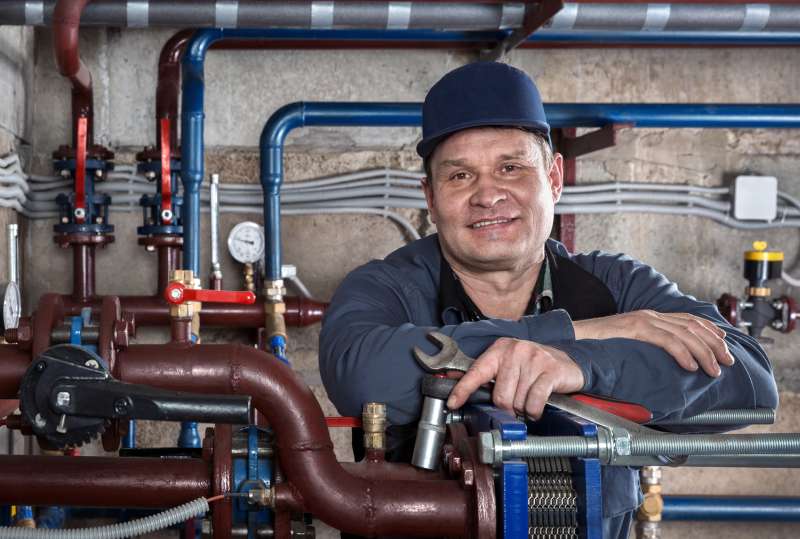
Sewer Backups
Immediate attention to prevent contamination and health risks.


